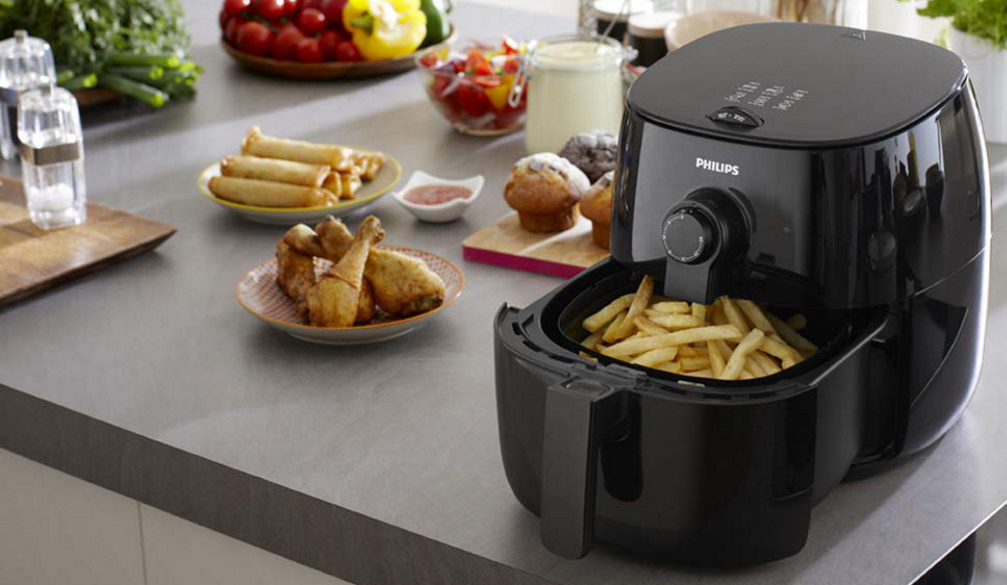What’s the difference between wholemeal and wholegrain bread? Not a whole lot
- Written by Margaret Murray, Senior Lecturer, Nutrition, Swinburne University of Technology

If you head to the shops to buy bread, you’ll face a variety of different options.
But it can be hard to work out the difference between all the types on sale.
For instance, you might have a vague idea that wholemeal or wholegrain bread is healthy[1]. But what’s the difference?
Here’s what we know and what this means for shoppers in Australia and New Zealand.
Let’s start with wholemeal bread
According to Australian and New Zealand food standards[2], wholemeal bread is made from flour containing all parts of the original grain (endosperm, germ and bran) in their original proportions.
Because it contains all parts of the grain, wholemeal bread is typically darker in colour and slightly more brown than white bread[3], which is made using only the endosperm.
How about wholegrain bread?
Australian and New Zealand food standards[5] define wholegrain bread as something that contains either the intact grain (for instance, visible grains) or is made from processed grains (flour) where all the parts of the grain are present in their original proportions.
That last part may sound familiar. That’s because wholegrain is an umbrella term that encompasses both bread made with intact grains and bread made with wholemeal flour. In other words, wholemeal bread is a type of wholegrain bread, just like an apple is a type of fruit.
Don’t be confused by labels such as “with added grains”, “grainy” or “multigrain”. Australian and New Zealand food standards don’t define these so manufacturers can legally add a small amount of intact grains to white bread to make the product appear healthier. This doesn’t necessarily make these products wholegrain breads[6].
So unless a product is specifically called wholegrain bread[7], wholemeal bread or indicates it “contains whole grain”, it is likely to be made from more refined ingredients.
Which one’s healthier?
So when thinking about which bread to choose, both wholemeal and wholegrain breads are rich in beneficial compounds including nutrients and fibre[8], more so than breads made from further-refined flour, such as white bread.
The presence of these compounds is what makes eating wholegrains (including wholemeal bread) beneficial for our overall health[9]. Research has also shown[10] eating wholegrains helps reduce the risk of common chronic diseases, such as heart disease.
The table below gives us a closer look at the nutritional composition of these breads, and shows some slight differences.
Wholegrain bread is slightly higher in fibre, protein, niacin (vitamin B3), iron, zinc, phosphorus and magnesium than wholemeal bread. But wholegrain bread is lower in carbohydrates, thiamin (vitamin B1) and folate (vitamin B9).
However the differences are relatively small when considering how these contribute to your overall dietary intake.
Which one should I buy?
Next time you’re shopping, look for a wholegrain bread (one made from wholemeal flour that has intact grains and seeds throughout) as your number one choice for fibre and protein, and to support overall health.
If you can’t find wholegrain bread, wholemeal bread comes in a very close second.
Wholegrain and wholemeal bread tend to cost the same, but both tend to be more expensive than white bread.
References
- ^ is healthy (www.eatforhealth.gov.au)
- ^ Australian and New Zealand food standards (www.legislation.gov.au)
- ^ white bread (pdfs.semanticscholar.org)
- ^ Rerikh/Shutterstock (www.shutterstock.com)
- ^ Australian and New Zealand food standards (www.legislation.gov.au)
- ^ wholegrain breads (www.mdpi.com)
- ^ wholegrain bread (www.glnc.org.au)
- ^ nutrients and fibre (www.researchgate.net)
- ^ beneficial for our overall health (www.researchgate.net)
- ^ has also shown (www.bmj.com)

















